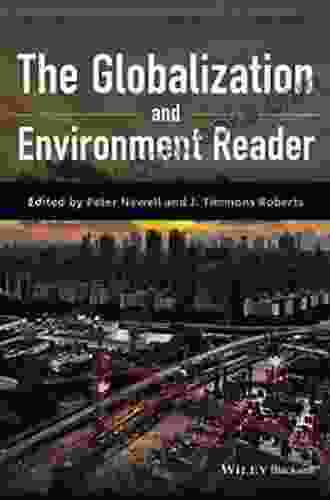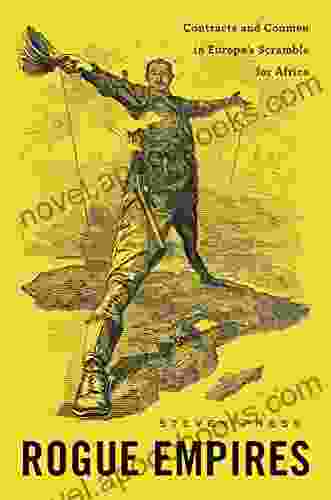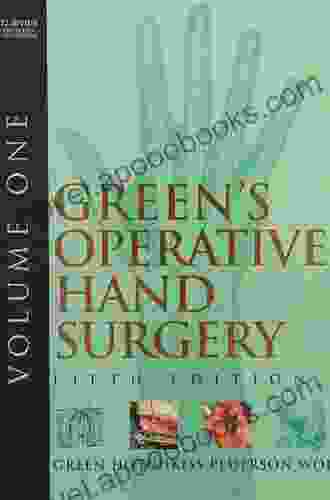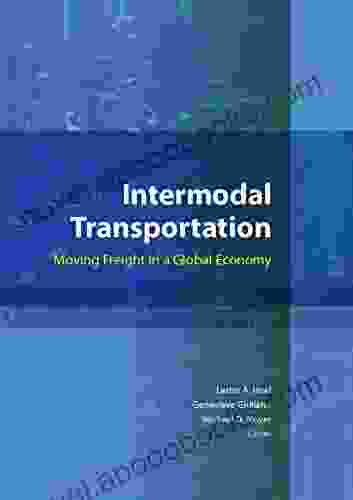Intermodal Transportation: Moving Freight in a Global Economy

Intermodal transportation is the movement of freight using multiple modes of transportation, such as rail, truck, and ship. It is a cost-effective and efficient way to move goods over long distances.
4.5 out of 5
| Language | : | English |
| File size | : | 93369 KB |
| Screen Reader | : | Supported |
| Print length | : | 144 pages |
The use of intermodal transportation has grown significantly in recent years due to the increasing globalization of the economy. Businesses are now sourcing goods from all over the world, and they need a reliable and efficient way to transport those goods to their customers.
Intermodal transportation offers a number of advantages over traditional transportation methods, such as:
- Cost-effectiveness: Intermodal transportation is often more cost-effective than traditional transportation methods, such as trucking. This is because intermodal transportation can take advantage of the economies of scale offered by each mode of transportation.
- Efficiency: Intermodal transportation can be more efficient than traditional transportation methods. This is because intermodal transportation can eliminate the need for multiple handoffs between different modes of transportation.
- Reliability: Intermodal transportation is a more reliable way to transport goods than traditional transportation methods. This is because intermodal transportation is not as susceptible to delays caused by weather or traffic.
Intermodal transportation is a complex and challenging industry, but it is also a vital part of the global economy. By understanding the benefits of intermodal transportation, businesses can make informed decisions about how to move their goods.
Types of Intermodal Transportation
There are many different types of intermodal transportation, each with its own advantages and disadvantages. The most common types of intermodal transportation include:
- Rail-truck intermodal: This is the most common type of intermodal transportation. It involves moving goods by rail between major cities and then using trucks to deliver the goods to their final destination.
- Truck-ship intermodal: This type of intermodal transportation involves moving goods by truck to a port and then shipping the goods to their final destination.
- Rail-ship intermodal: This type of intermodal transportation involves moving goods by rail to a port and then shipping the goods to their final destination.
- Air-truck intermodal: This type of intermodal transportation involves moving goods by air to a major airport and then using trucks to deliver the goods to their final destination.
The Benefits of Intermodal Transportation
There are many benefits to using intermodal transportation, including:
- Cost-effectiveness: Intermodal transportation is often more cost-effective than traditional transportation methods, such as trucking. This is because intermodal transportation can take advantage of the economies of scale offered by each mode of transportation.
- Efficiency: Intermodal transportation can be more efficient than traditional transportation methods. This is because intermodal transportation can eliminate the need for multiple handoffs between different modes of transportation.
- Reliability: Intermodal transportation is a more reliable way to transport goods than traditional transportation methods. This is because intermodal transportation is not as susceptible to delays caused by weather or traffic.
- Environmental sustainability: Intermodal transportation can be more environmentally sustainable than traditional transportation methods. This is because intermodal transportation can reduce the number of trucks on the road, which can lead to reduced emissions.
The Challenges of Intermodal Transportation
Intermodal transportation is a complex and challenging industry. There are a number of challenges that can arise when using intermodal transportation, including:
- Coordination: Intermodal transportation requires a high level of coordination between the different modes of transportation. This can be a challenge, especially when dealing with multiple carriers.
- Documentation: Intermodal transportation requires a significant amount of documentation. This can be a challenge, especially for small businesses that do not have the resources to dedicate to this task.
- Technology: Intermodal transportation can be a challenge to implement without the right technology. This is because intermodal transportation requires a system to track and manage the movement of goods between different modes of transportation.
The Future of Intermodal Transportation
The future of intermodal transportation is bright. The increasing globalization of the economy is driving the demand for intermodal transportation. In addition, the development of new technologies is making intermodal transportation more efficient and cost-effective. As a result, intermodal transportation is likely to continue to grow in popularity in the years to come.
Intermodal transportation is a vital part of the global economy. It is a cost-effective, efficient, and reliable way to move goods over long distances. By understanding the benefits and challenges of intermodal transportation, businesses can make informed decisions about how to move their goods.
4.5 out of 5
| Language | : | English |
| File size | : | 93369 KB |
| Screen Reader | : | Supported |
| Print length | : | 144 pages |
Do you want to contribute by writing guest posts on this blog?
Please contact us and send us a resume of previous articles that you have written.
 Book
Book Novel
Novel Page
Page Chapter
Chapter Text
Text Story
Story Genre
Genre Reader
Reader Library
Library Paperback
Paperback E-book
E-book Magazine
Magazine Newspaper
Newspaper Paragraph
Paragraph Sentence
Sentence Bookmark
Bookmark Shelf
Shelf Glossary
Glossary Bibliography
Bibliography Foreword
Foreword Preface
Preface Synopsis
Synopsis Annotation
Annotation Footnote
Footnote Manuscript
Manuscript Scroll
Scroll Codex
Codex Tome
Tome Bestseller
Bestseller Classics
Classics Library card
Library card Narrative
Narrative Biography
Biography Autobiography
Autobiography Memoir
Memoir Reference
Reference Encyclopedia
Encyclopedia Tash Skilton
Tash Skilton R M Stones
R M Stones Vernon Coleman
Vernon Coleman Rae B Lake
Rae B Lake Sunjeev Sahota
Sunjeev Sahota Nick Kalyn
Nick Kalyn Patricia Lotich
Patricia Lotich Peter Steak
Peter Steak Raeanne Thayne
Raeanne Thayne Tracey Wood
Tracey Wood Richard D Sorenson
Richard D Sorenson Patricia Steele
Patricia Steele Paul W Kahn
Paul W Kahn Satnam Alag
Satnam Alag Rick Campbell
Rick Campbell Richard Peet
Richard Peet Satish Mehta
Satish Mehta Sean Gailmard
Sean Gailmard Rupert Brooke
Rupert Brooke Ryan Andrews
Ryan Andrews
Light bulbAdvertise smarter! Our strategic ad space ensures maximum exposure. Reserve your spot today!

 Melvin BlairJazz Singing: A Comprehensive Guide to Pedagogy and Performance for Aspiring...
Melvin BlairJazz Singing: A Comprehensive Guide to Pedagogy and Performance for Aspiring... Justin BellFollow ·2.6k
Justin BellFollow ·2.6k Carlos FuentesFollow ·12.8k
Carlos FuentesFollow ·12.8k Jason HayesFollow ·13.7k
Jason HayesFollow ·13.7k Gabriel BlairFollow ·14.1k
Gabriel BlairFollow ·14.1k John SteinbeckFollow ·15.2k
John SteinbeckFollow ·15.2k Lee SimmonsFollow ·14.3k
Lee SimmonsFollow ·14.3k David MitchellFollow ·6.5k
David MitchellFollow ·6.5k Jeremy MitchellFollow ·2.8k
Jeremy MitchellFollow ·2.8k

 Shaun Nelson
Shaun NelsonUnlocking the Intricate Nexus: The Globalization and the...
In an era marked by...

 Robin Powell
Robin PowellLast Summer at the Golden Hotel: A Captivating Journey of...
Synopsis: A Transformative Summer at...

 Gabriel Mistral
Gabriel MistralContracts And Conmen In Europe Scramble For Africa
The late 19th and early...

 Glenn Hayes
Glenn HayesThe Story of the United States' Longest Wildcat Strike: A...
Prologue: The...

 Evan Hayes
Evan HayesBritain Empire Resistance Repression And Revolt:...
: The Tapestry of...

 Eddie Bell
Eddie BellGreen's Operative Hand Surgery: The Ultimate Guide for...
Green's Operative Hand Surgery is the...
4.5 out of 5
| Language | : | English |
| File size | : | 93369 KB |
| Screen Reader | : | Supported |
| Print length | : | 144 pages |










